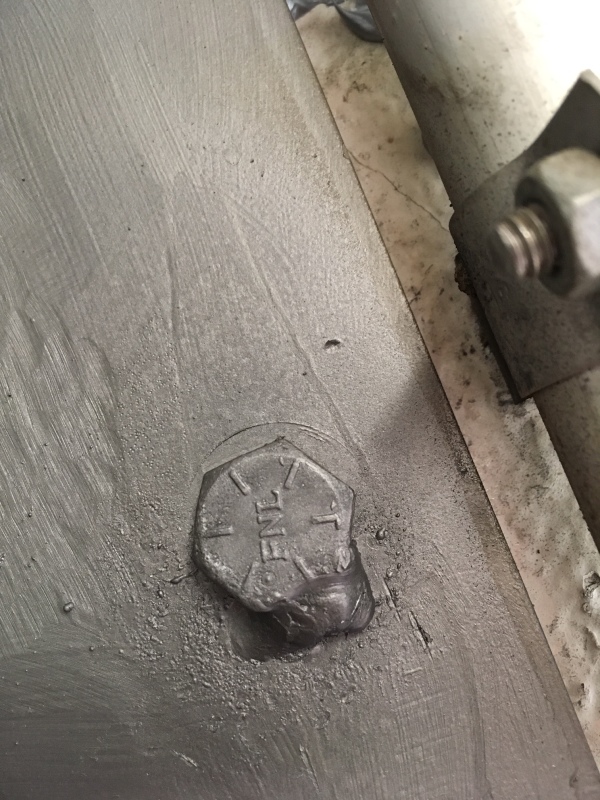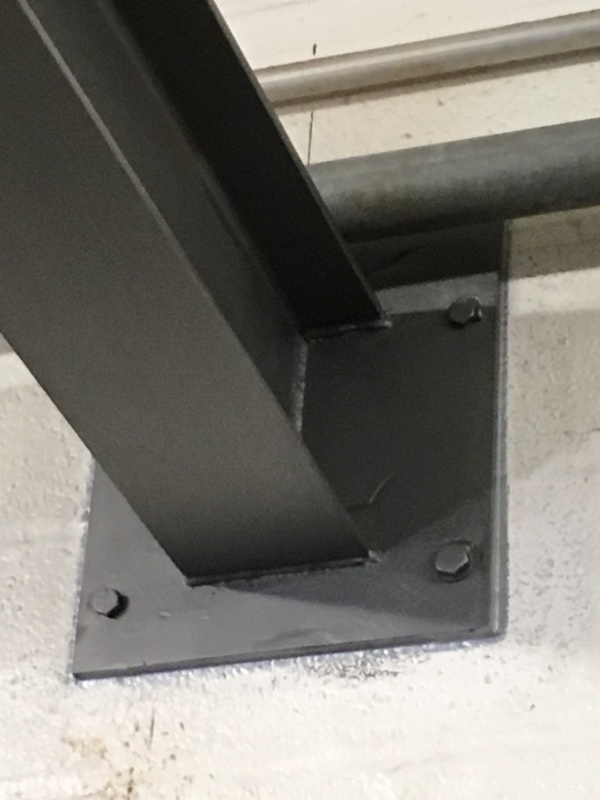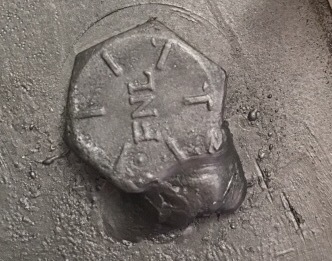dlclarkii
Structural
- Mar 29, 2005
- 37
I've never seen this before and I'm not sure what to say. I'm assuming the Gr8 bolts are inserted into hollow cores and I doubt if sleeve inserts were used. I think the Contractor drilled a hole; squirted epoxy; and stuck the bolt in the hole. What does everyone else think? What you're looking at is a WF8 header spanning 18' between two block walls. The header supports a crane runway rated for 1T. The structure weighs more than the crane capacity.







